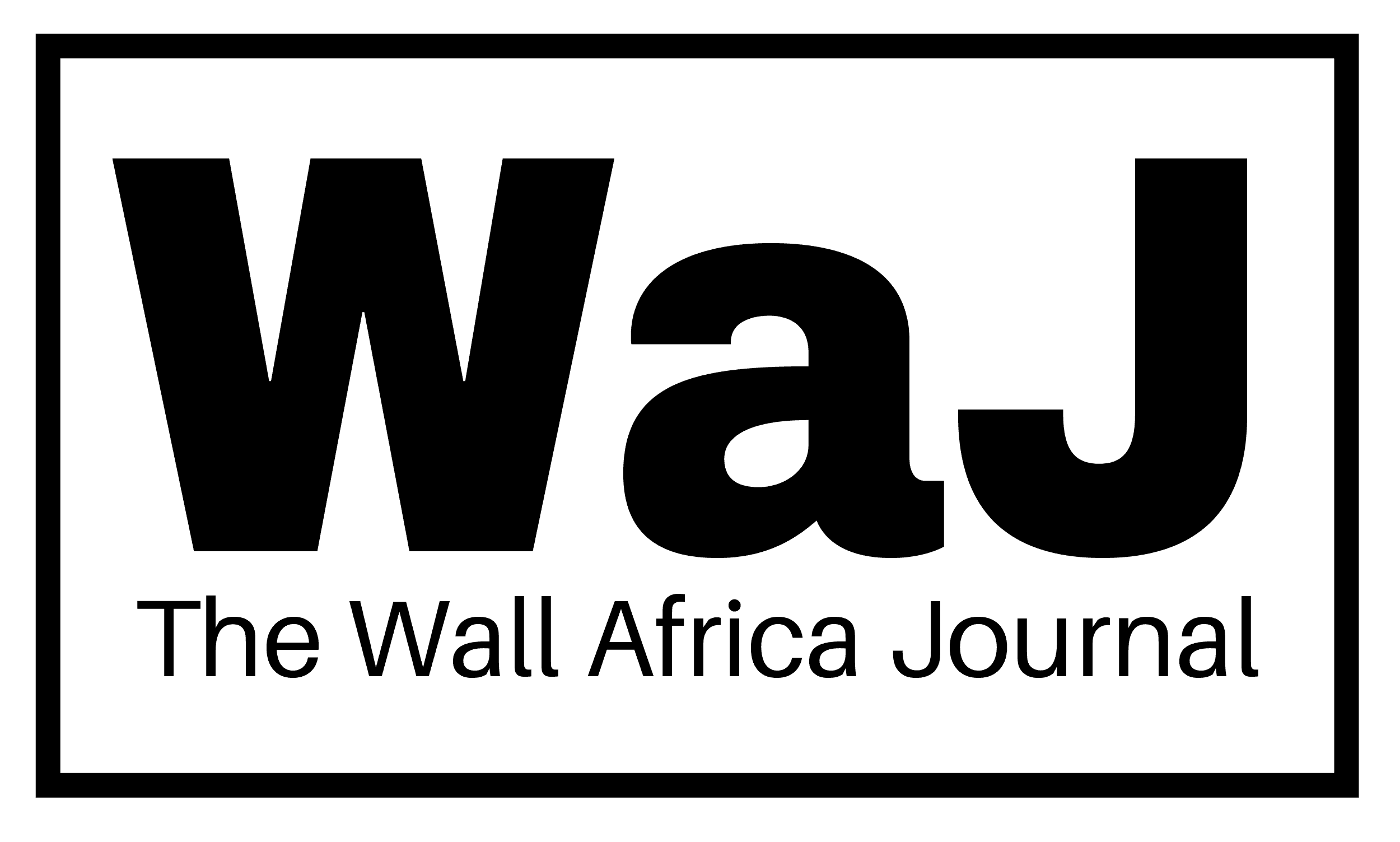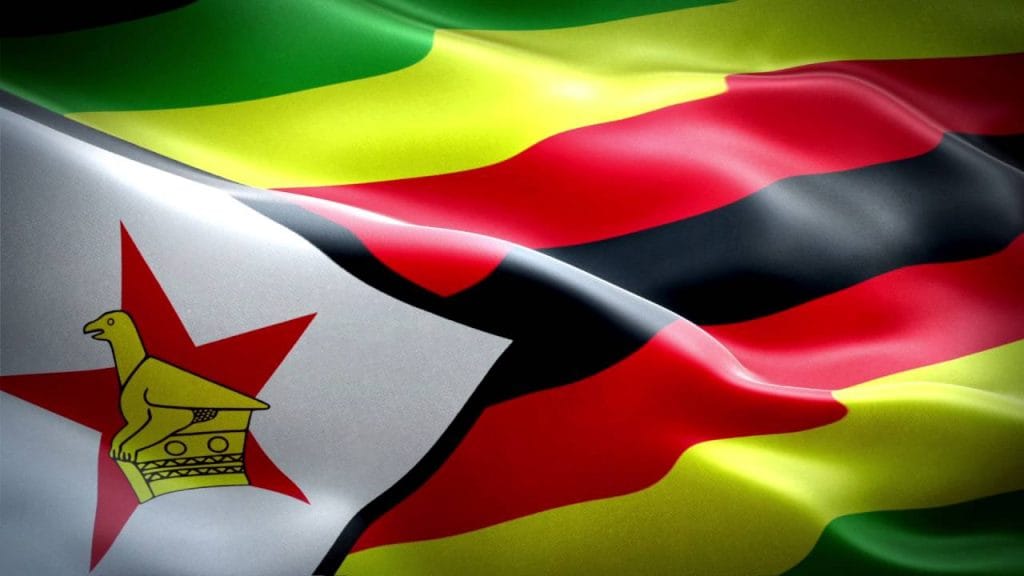Zimbabwe had submitted a formal proposal that aims to reduce tariffs and establish a more balanced trade coordination between the two countries. The United States is now reviewing the proposal.
The proposal, submitted in April, calls for an easing of the 18% tariff on Zimbabwean exports to the United States. Professor Mthuli Ncube, Zimbabwean Finance Minister, held the discussions during his visit to Washington for the 2025 IMF and World Bank Spring Meetings. During his visit, he held high-level meetings with US Treasury officials and congressional leaders, pressing for more favorable trade terms to enhance Zimbabwe’s export capacity.
Following the talks, Washington agreed to temporarily suspend the 18 percent tariff for 90 days while further negotiations take place.
US Ambassador to Zimbabwe Pamela Tremont confirmed that the state’s proposal is being actively reviewed. “We have received a proposal from the Zimbabwean government and we are reviewing its content to determine a mutually beneficial arrangement,” he stated. “The aim is to achieve a fairer and more reciprocal trade agreement.”
Ambassador Tremont said the US was reassessing its trade relations globally, moving away from past policies that provided broad access to American markets without ensuring equivalent benefits in return. “The US was one of the most open economies, but now there is pressure to provide fairness,” she said, referring to policy changes initiated under President Trump. “That is why the 18% tariff has been stopped.”
However, the Ambassador stressed that tariffs were only part of the costs of trade, noting that Zimbabwe itself imposed high import fees. “Bringing a vehicle into Zimbabwe can cost up to 60% of its value when all costs are included,” she said. “So even 18% may seem modest in comparison. These are the issues we need to address for a reciprocal agreement.”
While trade between the two countries remains relatively small — around $112 million in 2024 — Ambassador Tremont sees significant potential for expansion. The U.S. primarily imports agricultural products and ferroalloys from Zimbabwe, while Zimbabwe sources machinery and processed foods from the U.S.
“The low volume of trade presents a real opportunity,” she said. “There is untapped potential for broader trade and investment between our countries.”
Despite the momentum, the ambassador tempered expectations of a quick resolution. “Given the complexity of trade negotiations and the number of countries involved in similar negotiations, it is unlikely that we will reach a final agreement within the current 90-day window,” he said. “There are a number of countries with pending proposals, and those processes take time.”
She added that Washington was open to further talks with Zimbabwe, but that the global scope of trade talks made it difficult to move forward quickly. “Trade negotiations do not happen overnight, especially when you are working with more than 100 countries at once,” she said.
President Trump’s government announced a temporary pause on certain reciprocal tariffs on April 9, but a previously introduced base tariff of 10% remains in effect for all trading partners, including Zimbabwe.



